Lawn Phix Pro Tips
If you want the TL;DR, I discovered that Acelepryn is the king of getting rid of lawn grubs. Combined with liquid nutrition and hybrid organic fertilizer, it totally transformed my client’s lawns.
That said, proper mowing technique is still the biggest contributor to a healthy, vibrant yard. If you’re not sure where to get started with this, check out my guide to proper grass height.
With 2023 (somehow) in the rearview mirror, it’s time to start planning for our 2024 lawns. As a chef by trade and training who loves perfecting ‘recipes,’ I want to use what I learned to grow richer, greener grass.
I learned four major things in 2023:
- Acelepryn reigns supreme in grub control
- Liquid nutrition leads to a disease-free yard
- Hybrid organic fertilizer is a winning formula
- Proper mowing remains the cornerstone of a great lawn
Let’s take a look at these takeaways in greater detail and then explore what they mean for 2024.
Table of Contents
1. Acelepryn Reigns Supreme in Grub Control
In the face of unprecedented rainfall, Massachusetts lawns saw a massive surge in beetle populations. We saw nearly a foot of water in July alone — the second rainiest month on record.
Japanese beetles are probably most common in our area, but we’ve also seen an influx in Asiatic and Oriental beetles this year. This is due to other lawn care companies applying inferior grub prevention products like Imidicloprid and Merit.
A close and trusted source said a large national chain who uses Imidacloprid saw roughly 20% breakthroughs in 2023 alone. That’s one in five homes seeing grub damage. In my opinion, that’s way too much.
Imidacloprid also has a short half-life now. One person I know used split applications of Imidacloprid and still had breakthroughs in 2023.
Merit has failed us in two ways. First, oriental beetles and Asiatic garden beetles have slowly become resistant, rendering it mostly ineffective. Second, the amount of rain we saw in 2023 washed away too much to be effective.
Note: other factors include application timing (too early/too late) and applicator error (not enough product or even applications).
That’s why I decided to continue to take a proactive approach by applying Acelepryn (Chorantraniliprole) in early May. After applying to 40+ lawns, it was 100% effective against Japanese, Oriental, and Asiatic grubs.
Check out the raw power of Acelepryn for yourself!
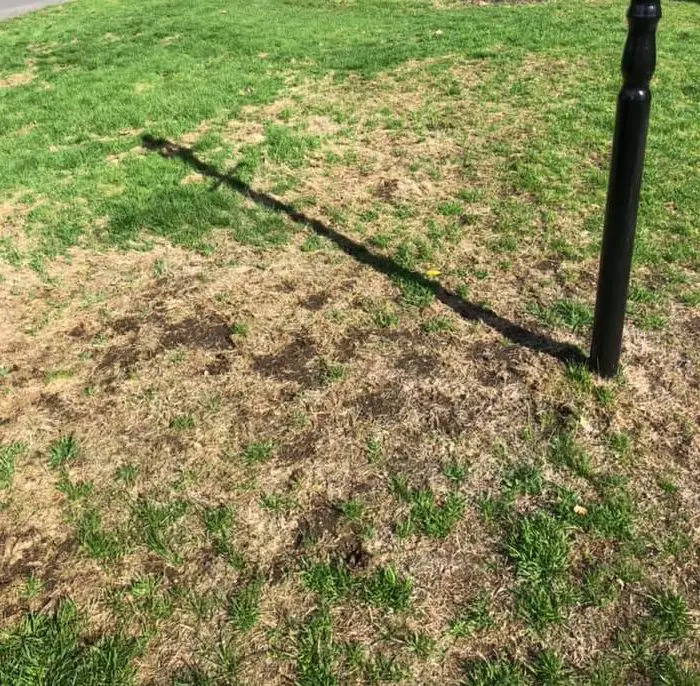
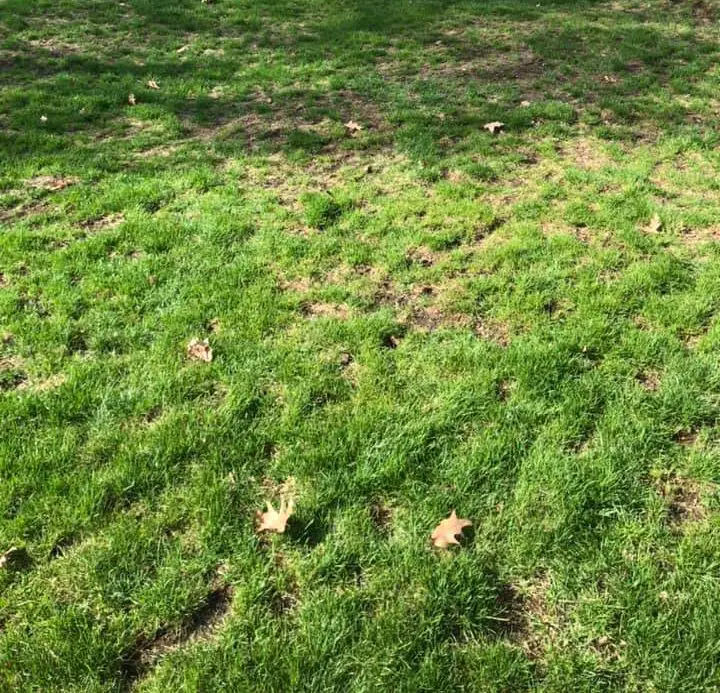
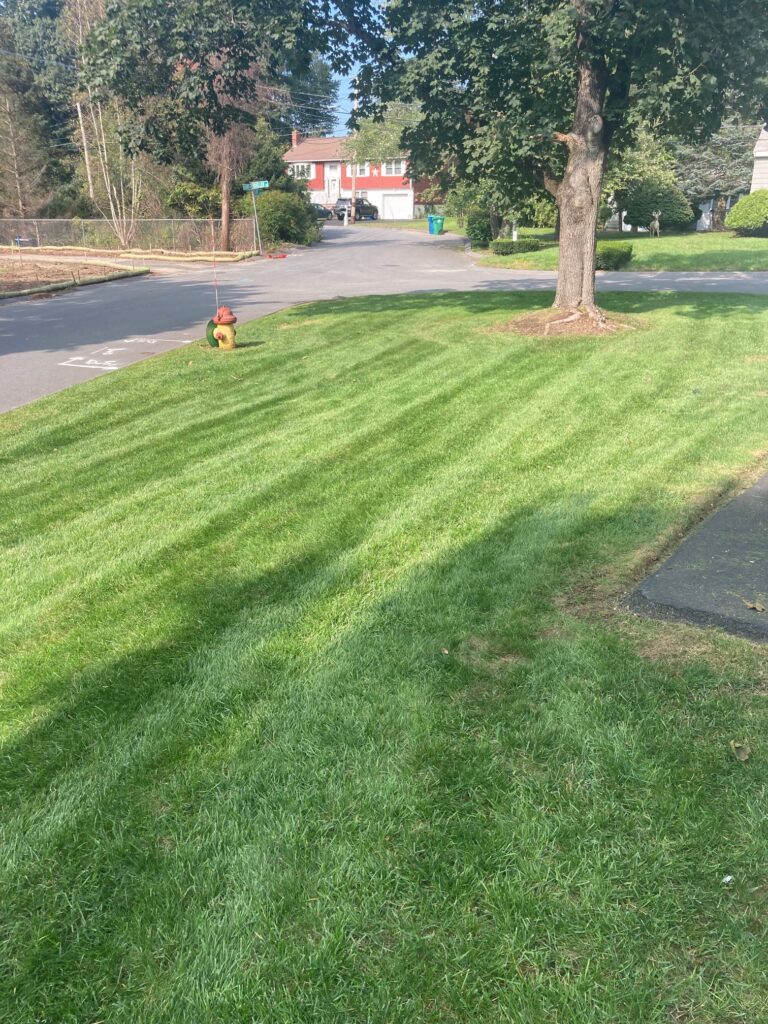
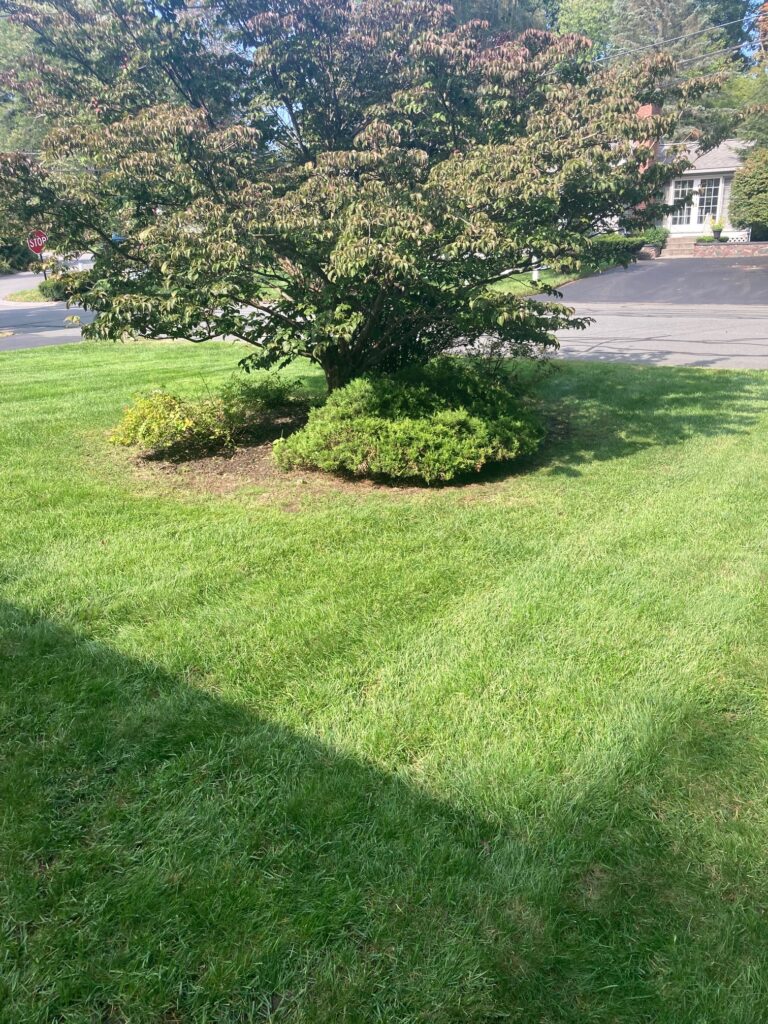
2. Liquid Nutrition Will Set You Free (Of Fungus And Diseases)
I’m a huge advocate of liquid nutrition. You don’t have to take my word for it, though; the evidence speaks for itself.
The number of repeat customers on the Lawn Phix plan required less nitrogen in 2023. There were minimal weeds because the turf was thick and essentially crowded out any weeds.
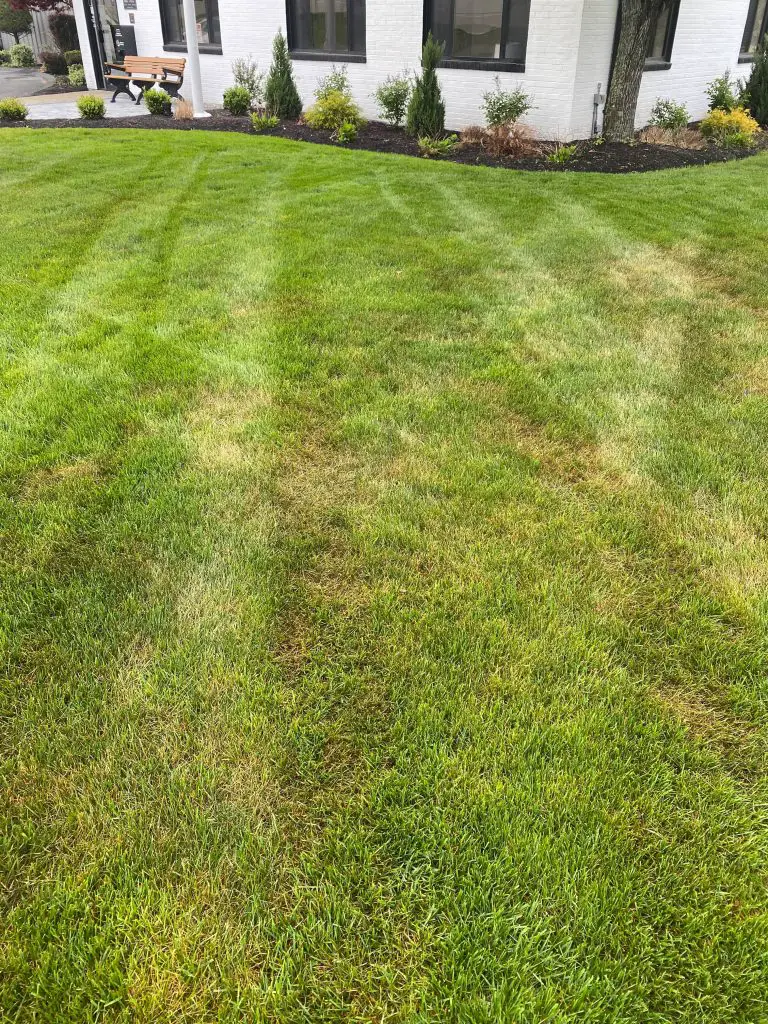

This was a big year for red thread in Massachusetts, but I only saw that on maybe a handful of customers. Just one of them required a fungicide application. The rest of the yards were virtually disease-free.
I noticed that newer customers on year one had more red thread and dollar spot than customers on year two or beyond. It seems long-term applications of liquid nutrition have a wonderful compounding effect.
I’ve use Kelp4less Green Lawn & Turf or Extreme Blend at 1/2 oz. per gallon as my “base” all season long. I also include liquid yucca to the tune of 1/4 oz per gallon. Throughout the year, I also incorporated into my 100-gallon nurse tank:
While cultural practices are always at play (like mowing and irrigation), I’m willing to bet that most fungus and diseases are due to lack of nutrition. If you’re not already using liquid nutrition, get on it STAT!
3. Fertilizer With Better Filler Is. . .Better
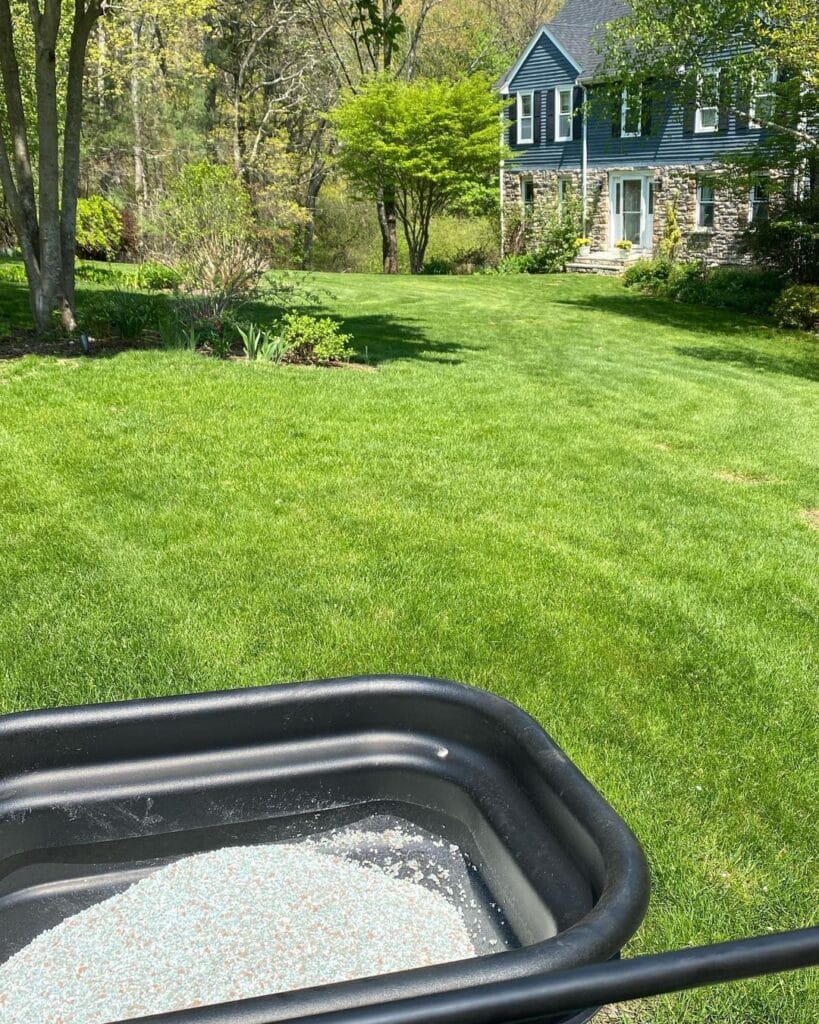

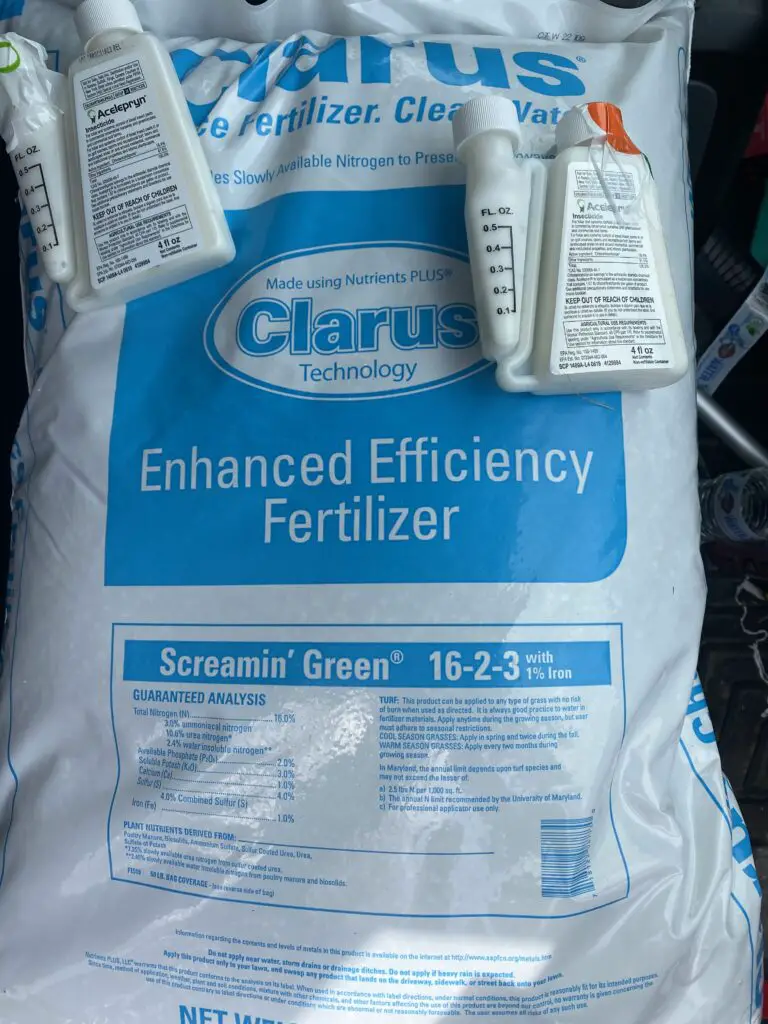
Lawn Phix is all about finding the best of the best. This year, I focused on finding better fertilizer.
I decided to switch to a “bridge product” last year, one that was hybrid organic. This means it contains organic and synthetic matter like:
- Biosolids
- Poultry manure
- Humic acid
This 16-2-3 blend also contains sulfate of potash (versus MOP), iron, slow-release nitrogen, and ammonium sulfate. There were no artificial carriers like plastic and rocks, so while the cost per bag was slightly more than straight synthetics, I knew the results would be superior.
I applied this product to a select number of lawns so I could compare it to other yards on my roster. Frankly, these lawns were far and away the best of the bunch last year.
You can see the grass is longer, lusher, and darker green than those without the hybrid mix. Because it introduced more micronutrients and biostimulants, the dark green response was unmatched.
The results? Happier customers and no callbacks. Just what I like to hear!
4. Proper Mowing Is Still The Number One Cultural Practice
The number one thing that stops a “good lawn” from becoming a “great lawn” is proper mowing. Bar none. 100%.
Let me give you two examples:
Mowing Mishap



A customer’s lawn was mowed by a different company by accident (they were supposed to cut across the street).
This company mowed in the rain, used a less-than-sharp blade, and cut off too much (didn’t adhere to the one-third rule).
As you can imagine, the disease nearly exploded. So I returned twice to try to recover the lawn in the middle of the summer.
To nurse it back, I used:
- Liquid nutrition, including calcium, iron, molasses, sea kelp, potassium, mycorrhizae, and other enzymes and inoculants.
- A max rate application of Armada WDG.
- Bifenthrin to ward off chinchbugs and other surface insects.
The yard eventually did recover, but as you can imagine, the mowing posed quite a problem.
Biweekly Blemishes


One customer chose to have their lawn mowed every two weeks. On top of this, their lawn maintenance company kept their mowers at the same height (well under 4”).
The result was a scalped and severely stressed lawn.
I used a similar recovery process to the above, but the continued improper mowing practices made this virtually pointless.
The customer needed extra repairs for their lawn in the late summer.
The end result was okay, but there was still a 6+ week period of the lawn being in complete dire straits.
The moral of the story?
Be diligent about your mowing height and frequency. If you’re not sure how to start, just check out my full guide here.
Growing Greener Lawns in 2024
As Lawn Phix wraps up a successful 2023 season, the lessons I’ve learned will continue to shape future endeavors. The insights into grub control, the A/B tests for liquid nutrition, and the triumph of hybrid organic fertilizers excite me about 2024.
That said, 2023 was a great reminder of the timeless importance of cultural controls. It’s all about taking a holistic approach to lawn care — something I’ll gladly climb onto a soapbox for.
Here’s to cultivating more vibrant, resilient, and thriving lawns in 2024!

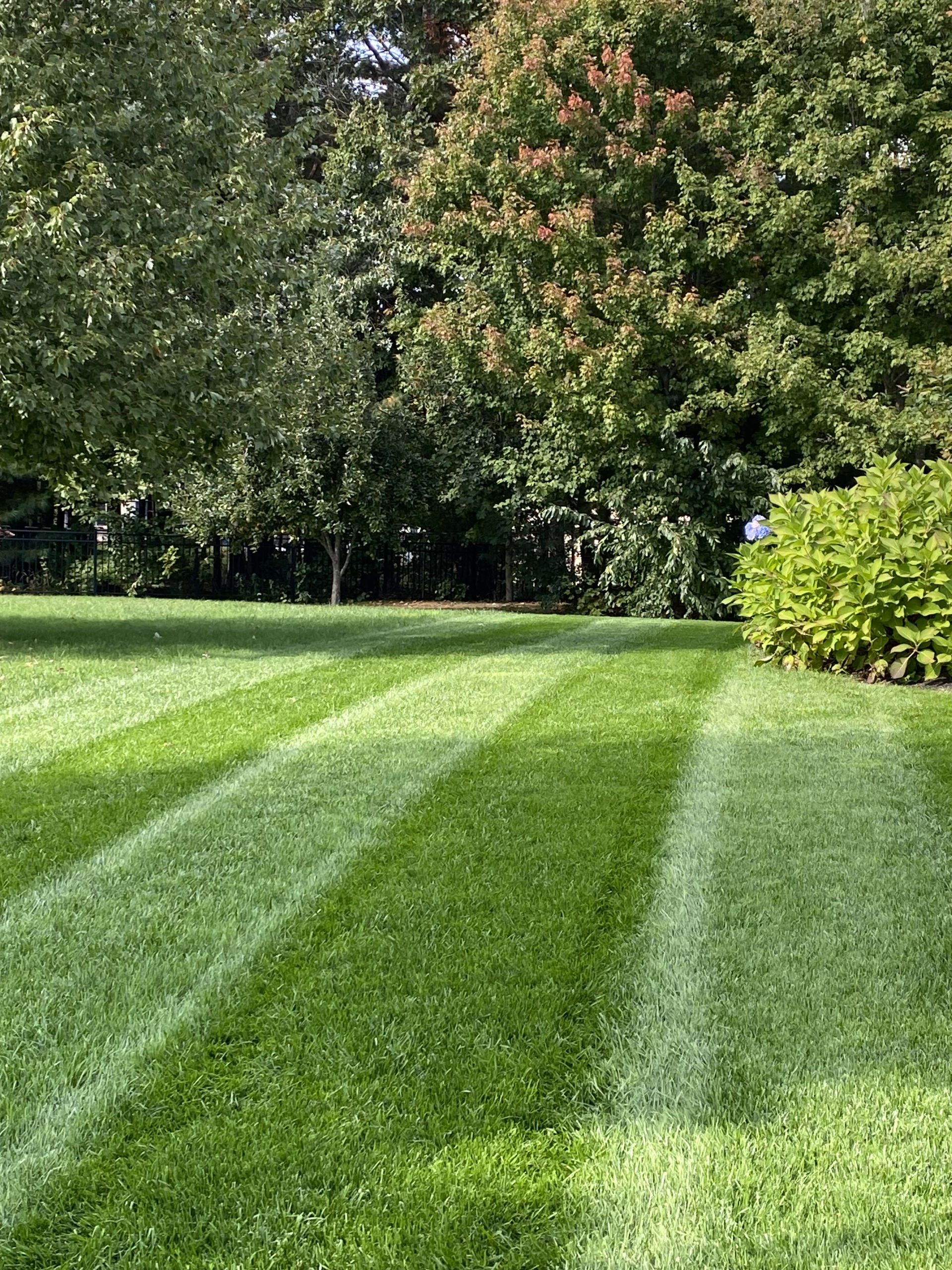
Mark:
Really appreciate the newsletters. Always very informative.
I plan on using the Green Lawn & Turf and yucca mixture as a base.
I live in the Nashville, TN area which can experience harsh summers.
How often can I apply the base mixture? When can I incorporate the items below and at what rate? I have a 2 gallon battery powered sprayer.
Mycorrhizae & Innoculants
Molasses
Calcium
Chelated iron
Silica powder
Appreciate any feedback.